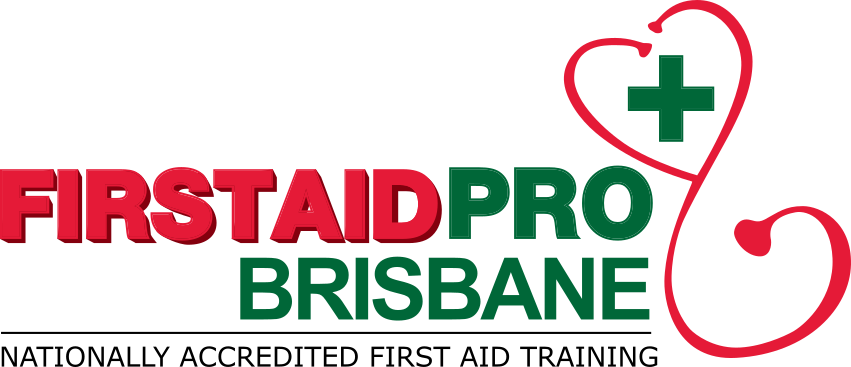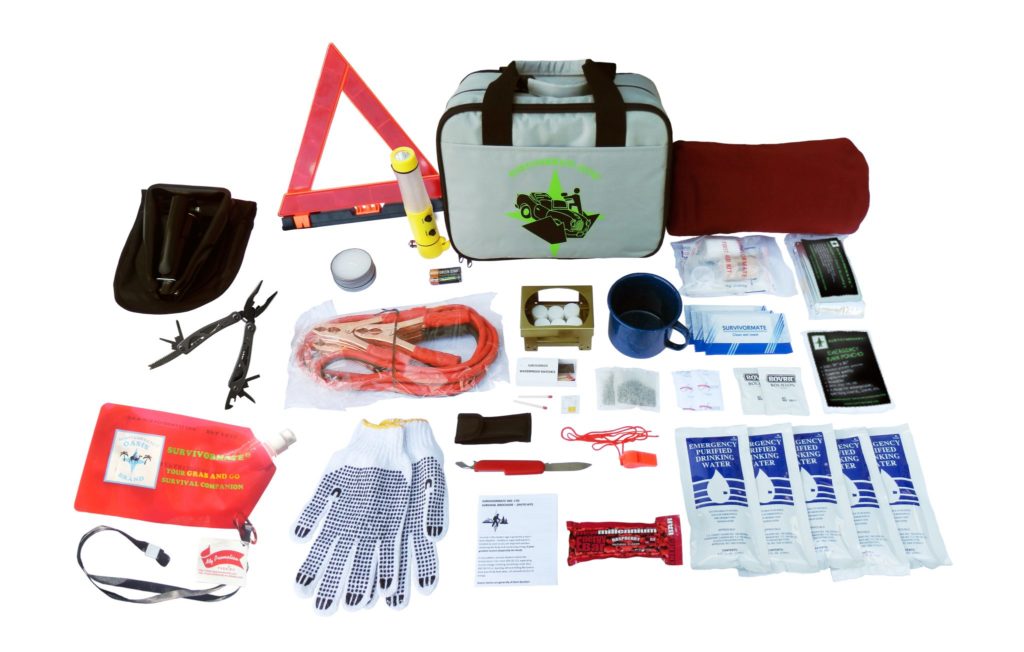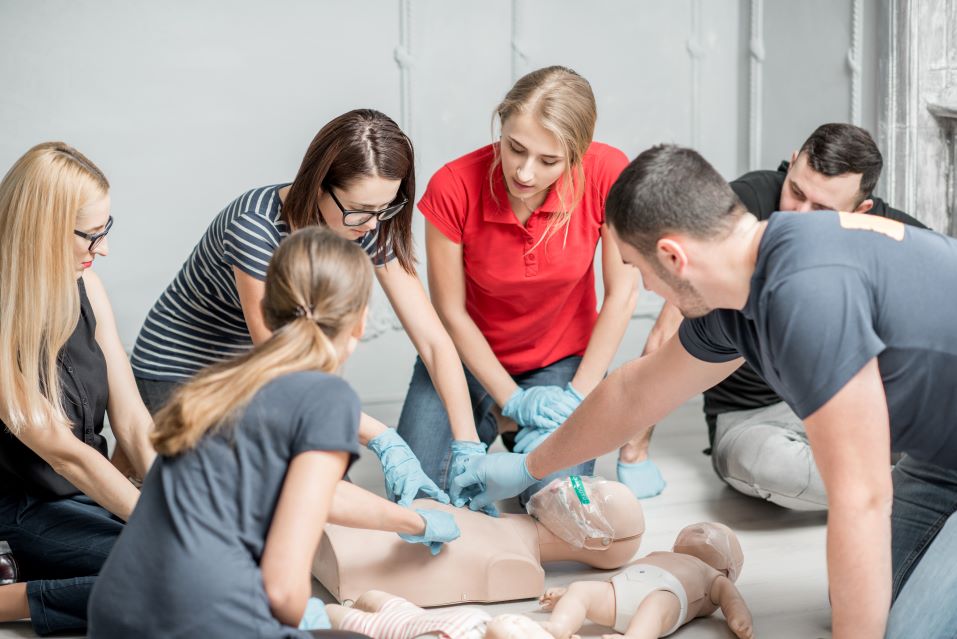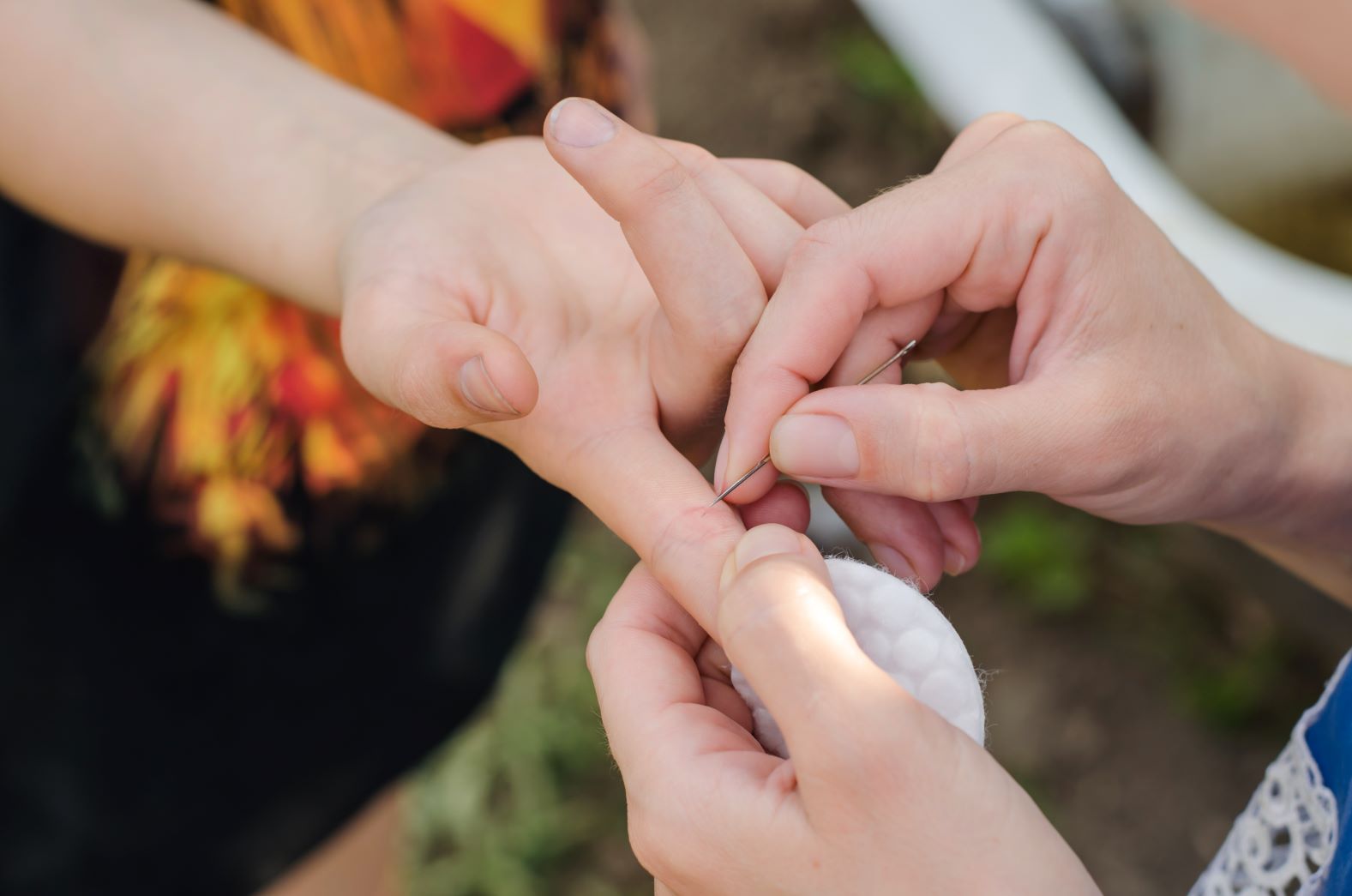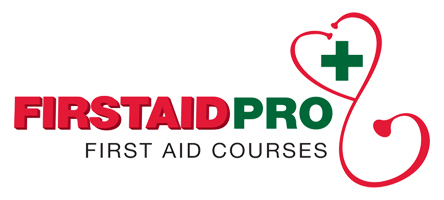Sure, you have a first-aid kit and a couple of canned goods in your kitchen cabinet. But, do you know which items you’d need most in an emergency?
In the event of an emergency, we often find ourselves either cooped up at home or needing to evacuate to a different place for a couple of days. There will be limited availability of resources during this time, forcing you to go for days without basic necessities.
It can be hard to imagine several days (or weeks) of no electricity, no internet or running water. But during an emergency, there are endless possibilities of what might happen. That’s why you and your family should have an emergency plan and supplies ready for any disaster.
Here’s a look at some of the must-have items for your emergency kit:
1. Food
Ready.gov suggests keeping three days’ worth of nonperishable food. But to be safe, keep at least two weeks’ worth of food on hand. Look for foods that do not easily spoil and are easy to prepare, such as canned meats, peanut butter, protein bars, and powdered milk.
2. Water
Water is one of the resources you will want to secure when you find yourself in an emergency situation. Humans can last about three weeks without food, but only three days without water.
Water is needed for drinking and sanitation, so it’s recommended to store at least one gallon of water per person per day to stay clean and hydrated.
3. Personal Care
You never know how long you’ll need to coop up in your home or a shelter, so having extra soap, shampoo, toothpaste, and other personal care essentials won’t hurt. In my experience, it’s always to be over-prepared than not.
4. Power and Technology
It’s more likely to have your power knocked out for several days when an emergency or a natural disaster happens. Be sure that your emergency kit includes extra batteries for flashlights and other emergency gadgets. With no access to an electrical outlet or reliable power, the next-best option is to have a solar charger that can provide power with only a day’s worth of sun.
5. First Aid Kit
A first aid kit is a must-have in any emergency plan. It is recommended that you regularly check the kit contents and expiration dates to ensure that you have everything you need in one durable plastic container. The Red Cross also recommends stocking a first aid kit both in your home and in your car.
Your first aid kit should contain these 10 essential components:
- Adhesive strip dressings
- Wound dressing
- Elastic/Non-elastic bandages
- Swabs and disposable globs
- A pair of scissors
- Tweezers
- Relief ointments
- Adhesive tapes
- A thermal blanket
- Medications
A little preparation could mean the difference between life and death during emergencies. It is strongly recommended that at least one household member is trained in first aid to keep the whole family safe.
